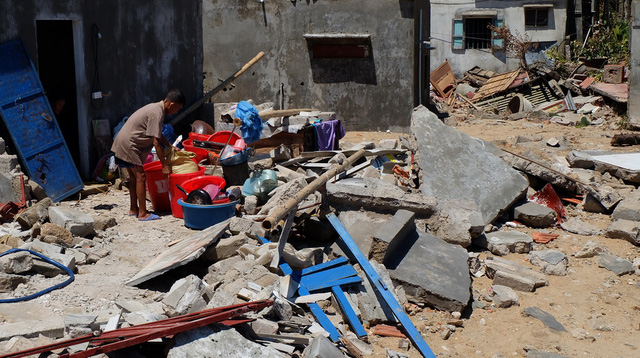Up to
five more storms forecast for East Vietnam Sea by year-end
Experts predict only one or two will hit mainland Vietnam
Four to five storms or tropical
depressions are forecast to form in the East Vietnam Sea between now and the
end of this year, with half of those projected to affect the mainland, the
National Centre for Hydro-Meteorological Forecasting (NCHMF) said on
Thursday.
The bad weather is expected to
primarily form in the central and southern parts of the East Vietnam Sea from
October to the end of December, the center said. Of these, one to two storms
or tropical depressions may hit mainland Vietnam’s central and southern
regions.
The central, southern, and western
East Vietnam Sea are also expected to experience thunderstorms, strong winds,
and rough seas throughout the remainder of the year.
Towards the end of the year, the
central, Central Highlands and southern regions are forecast to suffer a
longer rain and flood season, with higher-than-average rain levels expected.
In April, the center forecast that up to 15 storms or tropical depressions will
form in the East Vietnam Sea during 2017, a slight increase to the historical
annual average of 12.
The latest storm to make landfall in
Vietnam was Doksuri, the tenth so far this year and the hardest since 2014.
The storm injured 80 people and killed two others in the north-central
province of Ha Tinh alone. Over VND6 trillion (US$261 million) in
damages were also reported in the province.
The NCHMF also predicts that the El
Niño-Southern Oscillation (ENSO) cycle, a scientific term that describes the
fluctuations in temperature between the ocean and atmosphere in the
east-central Equatorial Pacific, will remain in a neutral phase until the end
of this year.
In early 2018, the ENSO cycle is
likely to shift into a cold phase, also known as the La Niña phenomenon.
|
Thứ Sáu, 22 tháng 9, 2017
Đăng ký:
Đăng Nhận xét (Atom)

Không có nhận xét nào:
Đăng nhận xét